To expand your news reach, consider advertising with our media partner, Patch Media, at https://heypapipromotionsmedia.town.news/. Patch is a nationwide news network comprising over 1,000 hyperlocal websites dedicated to community news across the United States. For press release distribution services, please call or visit https://heypapipromotions.com/advertise.
What is rapid prototyping?
Rapid prototyping is a kind of professional manufacturing technology that is used to produce high-quality entity models of three-dimensional designs. Prototypes are useful for design improvements and can be used as stepping stones for comprehensive production or engineering testing. With the rapid prototyping china, you can manufacture parts or the products to test for the component fit and function. According to the analysis results, you can make further adjustments (about the design, shape, materials, etc.) before the products finally enter the market. It can help you effectively save time and costs. A lot of our customers need to manufacture a entity component quickly to verify the feasibility of a design or a part. Nowadays, various kinds of rapid prototyping processes are available. You can choose the process which best suits your needs. With only thirty years around of development, rapid prototyping technology, as its name implies, has already been widely used in many areas. Meanwhile, the rapid prototyping services are still growing at a fast speed.
Different Rapid Prototyping Processes
SLA(StereoLithography)
- Description: SLA is a photo-curing molding technology, which refers to the method of forming three-dimensional solid layer by layer through the polymerization reaction of liquid photosensitive resin by ultraviolet irradiation. The work piece prepared by SLA has high dimensional accuracy and is the earliest commercial 3D printing technology.
- Printing Material: Photosensitive Resin
- Strength: photosensitive resin is insufficient in toughness and strength and is easily broken. At the same time, under high temperature conditions, the printed parts are easy to bend and deform, and the bearing capacity is insufficient.
- Features of finished product: SLA printed workpieces have good details and smooth surface, which can be colored by spray painting and other processes.
- Description:SLS is a selective laser sintering technology, similar to SLM technology. The difference is the laser power. It is a rapid prototyping method that uses infrared laser as a heat source to sinter powder materials and form three-dimensional parts layer-by-layer.
- Printing Material:Nylon powder, PS powder, PP powder, metal powder, ceramic powder, resin sand and coated sand (common printing materials: nylon powder, nylon plus glass fiber)
- Strength:material performance is better than ABS products, and the strength and toughness are excellent.
- Features of finished product:the finished product has superior mechanical properties and is suitable for direct production of measurement models, functional models and small batch of plastic parts. The disadvantage is that the precision is not high, the surface of the prototype is relatively rough, and it is generally required to be polished by hand, sprayed with glass beads, ash, oil and other post-processing.
Fused Deposition Modeling (FDM)
- Description: FDM is a melt lamination technology, that uses high temperature to melt materials, extrudes them into filaments through the print head, and builds up on component platform. FDM is the simplest and most common 3D printing technology, which is commonly used in desktop 3D printing devices.
- Printing Material:usually ABS or PLA wire
- Strength: PLA is brittle,its surface hardness is higher, and it is easier to break when bending. ABS parts are more resilient than PLA parts, and are easy to bend rather than break under pressure. Moreover, ABS has higher strength, better plasticity, and easier post-processing.
- Features of finished product: the printing layer is thick, the precision is poor, and the stratification of the surface is very obvious. Under high temperature conditions, the printed parts are easy to bend and deform, and the bearing capacity is insufficient.
- Description: CNC machining is a subtractive manufacturing process in which the software control system issues instructions to make the tool perform various required movements. In this process, various precision tools are used to remove the raw materials and make parts or products.
- Materials: CNC processing materials are quite extensive, including plastics and metals. Plastic hand model materials are: ABS, acrylic, PP, PC, POM, nylon, bakelite, etc.; Metal hand model materials are: aluminum, aluminum Magnesium alloy, aluminum zinc alloy, copper, steel, iron, etc.
- Strength: different materials have different strengths and are difficult to list
- Features of finished product: CNC machined parts have a smooth surface, high dimensional accuracy, and the best compactness, and there are a variety of post-processing options.
Vacuum Casting
- Description: vacuum casting technology is to use the prototype (rapid prototyping parts, CNC hand parts) to make a silicone rapid prototyping mold under vacuum condition. It also uses PU, ABS and other materials to pour, so as to clone the same copy with the product prototype.
- Material: ABS, PU, PVC, silicone, transparent ABS
- Strength: the strength and hardness are lower than the CNC hand parts. Common PU material is relatively brittle, toughness and high temperature resistance are poor. ABS has higher strength, better plasticity, and easier post-processing.
- Features of finished product: easy to shrink and deform; the accuracy is generally only 0.2mm. In addition, the vacuum casting hand parts can only resist high temperature of about 60 degrees, and is lower than CNC hand parts in strength and hardness.
Advantages of Rapid Prototyping
- High degree of automation in forming process
- Precise entity replication
- High dimensional accuracy. Dimensional accuracy can be up to±0.1mm
- Excellent surface quality
- Unlimited design space
- No assembly required
- Fast forming speed and shorter delivery time
- Saving raw materials
- Improving product design
Leading technology: with the latest technology in the world, four world-first 3D printing technology can be diversified, rapid, low-cost, accelerate the research and development speed of enterprise products, and achieve world-class production capacity.
One-stop 3d printing service: 3D printing integrated solution provider, with product development and service output capabilities from equipment, software, materials to cloud printing, can provide global users one-stop service from product design and development to final mass production.
Application of Rapid Prototyping
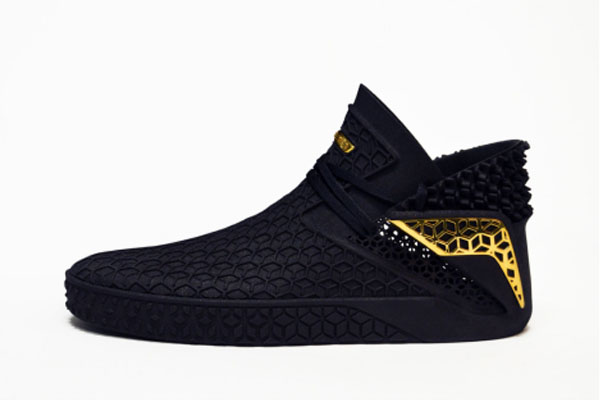
Medical

The additive manufacturing provides an entirely new medium for artists that can almost realize any idea. For the fashion designer, Vistar’ production solutions creat an exciting new age which has enabled designers to gain significant on product launches and personalization.
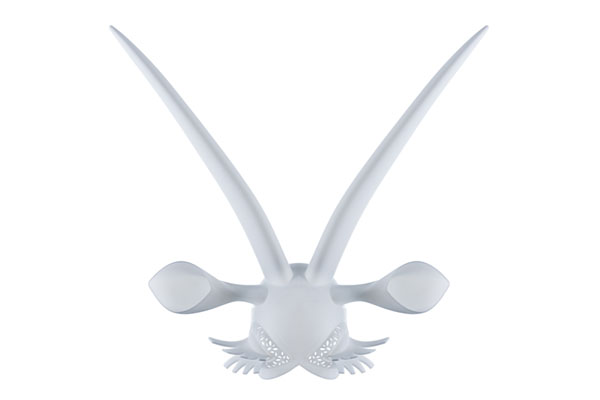
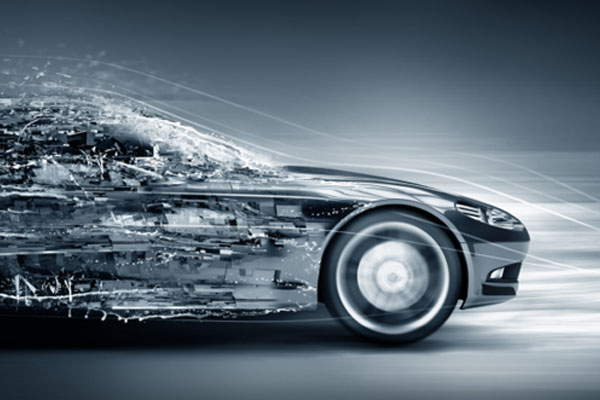
3D printing technology is becoming more and more mature and popular in the dental market. The total value of dental components manufactured by 3D printing solution exceeded 4 billion US dollars in 2016. The era of digital dentistry is just beginning and Vistar can help you transition easily.
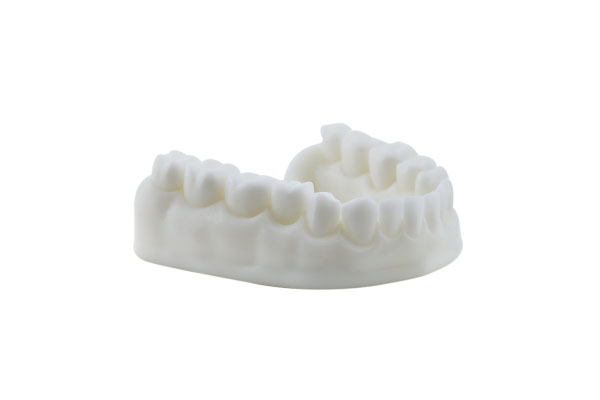
Diversified electronic industry technology update with a high speed, but Vistar has always been able to adapt to this rhythm and provide customers with required services. Whether it's making new models quickly or making advanced stereo curable 3D printers, you'll be able to make your bold and subtle design more powerful.
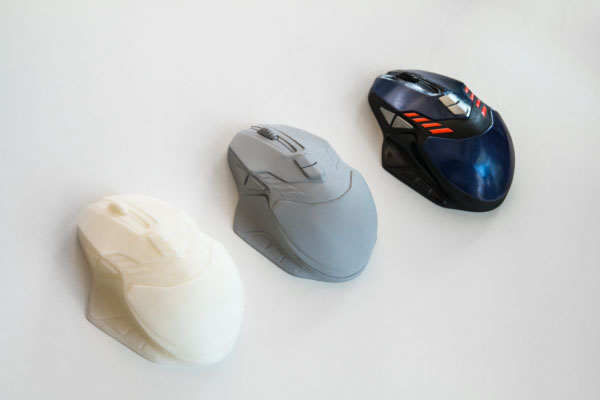
Future of Rapid Prototyping
- The development of equipment to large-scale
- Diversification of Materials development
- From the ground to space
- Deep space exploration
- Benefit thousands of households
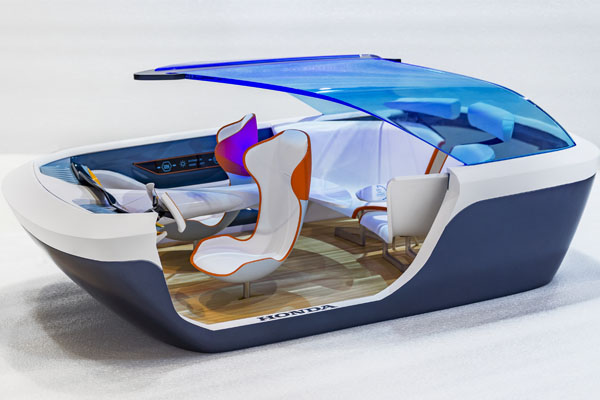
Comments